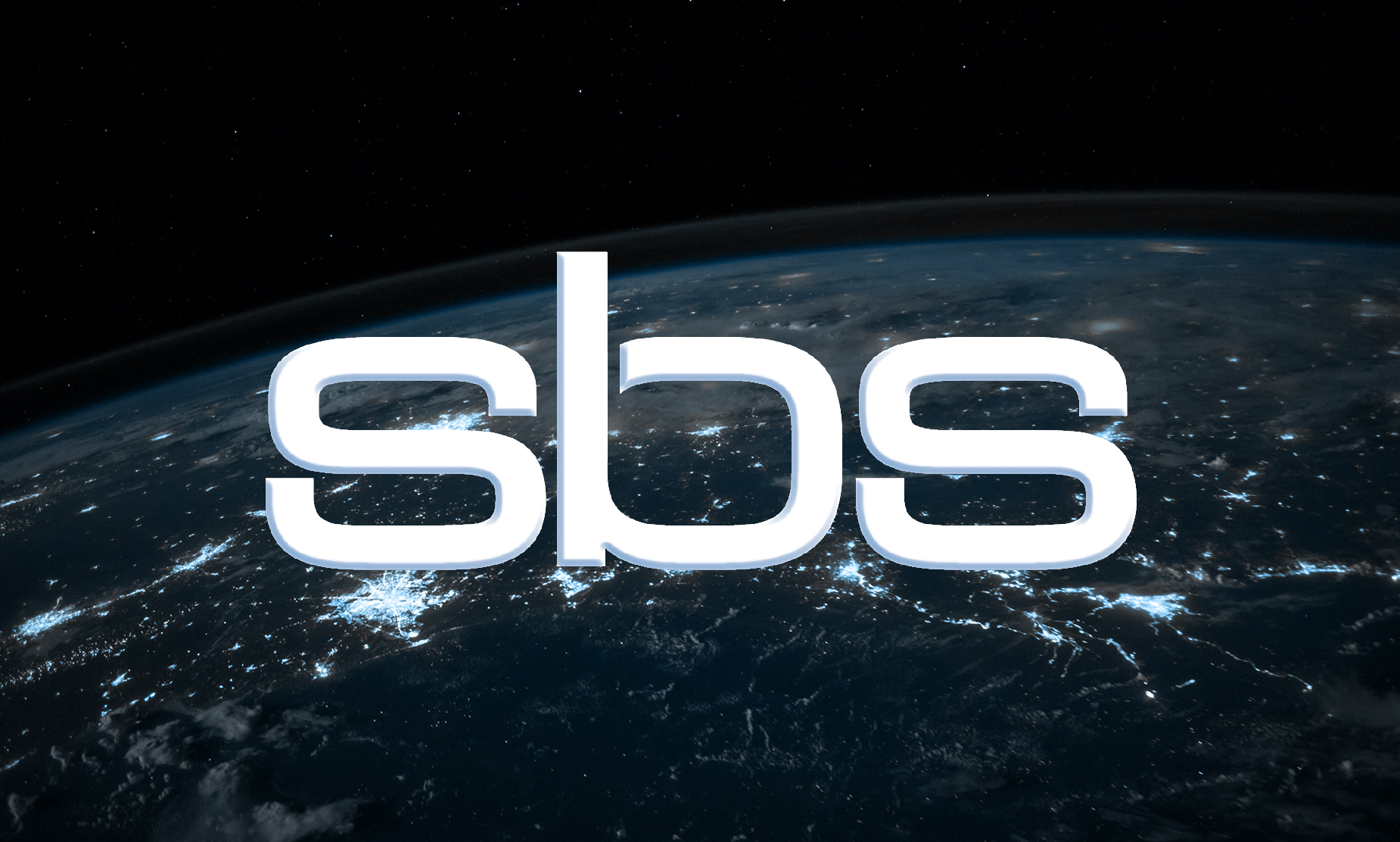I was involved with my first GIS migration project in 1987. The client, a large electric utility, had a business requirement to merge three different organizations that were all using different geospatial systems. One system was home-grown, the other was from a vendor that was exiting the geospatial market and the third product was as an established player in the market. For the next 15 to 20 years I was involved, in one way or the other with various GIS consolidation projects. The objectives were always similar:
- Create a common enterprise database to serve the long-term needs of the organization
- Implement processes and applications around data creation and maintenance to allow the system to be kept up-to-date via normal business processes
- Get the organization on one common platform to reduce the number of systems that need to be maintained, thus reducing overall cost of ownership
As time has marched on, a new phenomenon has emerged. These organizations that were so focused on having a common geospatial platform are now branching out and using multiple GIS and CAD products to create, maintain, manage and analyze their geospatial information. We can ask the question, “What went wrong?” “Why are all these different systems proliferating throughout the organization?” Actually, there are a lot of things that are “going right”. Geospatial technologies, as they continue to become mainstream applications, are getting incorporated into more and more business processes within organizations. The figure below shows several different consumers of spatial information at a typical utility.
Today organizations are buying specialty, packaged applications to address specific business needs. Advanced CAD-based design tools are providing more advanced editing and engineering environments for design professionals. And the different user communities have vastly different requirements in terms of usability and application functionality.
What are the technology shifts that are driving these changes?
- While systems are much more advanced, they are not as complex, or expensive to maintain as they used to be. When I started in the industry a standard workstation was over $100,000 USD. Now powerful GIS applications can run on your phone and they certainly don’t take a dedicated professional to maintain.
- Computer performance has not only reduced system costs, but it has changed the paradigm for accessing spatial information. It is now possible to dynamically translate large amounts of spatial data within an interactive application. These operations used to take days (sometimes weeks) to process, using systems of high-powered mainframe computers.
- New tools and integration standards are facilitating more open, interoperable systems.
While there is great opportunity with these new systems, there is also a risk that the enterprise data management for these large, integrated systems can be compromised. This series of posts will describe how new architectures are evolving to support these multi-user, interoperable environments. A key component of these solutions is the use of spatially enabled ETL (Extract-Transform-Load) technologies that support advanced data sharing requirements for enterprise users.




